10 best walks in Exmoor and North Devon
Our guide to North Devon's inland hikes and coastal strolls

1. Brownsham & Clovelly - Best for… a timeless fishing village
Wedged into the north Devon cliffs, tiny Clovelly must be Devon’s most-photographed coastal village. Its steep, car-free cobbled High Street snakes down to a harbour where herring-fishing boats bob at anchor. No wonder Charles Dickens described a fictionalised Clovelly as “a mighty sing’lar and pretty place… as ever I saw”. A moderate 5.5-mile loop from Brownsham National Trust carpark visits orchid- and butterfly-festooned fields, ancient oakwoods and a Bronze-Age burial mound. You’ll also pass the historic manor and gardens of Clovelly Court. Trace the coast path north-west of the village to wave-crashed Mouthmill Beach, guarded by the arched stack called Blackchurch Rock.
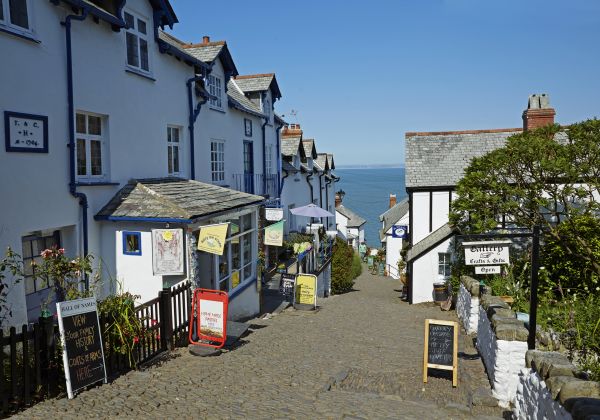
2. Withypool & Tarr Steps - Best for… dappled riverside rambling
According to legend, the devil built the clapper bridge at Tarr Steps so that he could sunbathe. In truth, the huge stone slabs spanning the River Barle are believed to have been laid in the Middle Ages. But their location is certainly magical, and a fine start point for a wonderful 7-mile stroll. Meander north along the wood-dappled riverbank path, watching for otters and dormice. Emerge near the hamlet of Withypool, where a friendly pub and village shop provide handy refreshments. The return leg, following the Exe Valley Way, climbs the flanks of Withypool Hill for views across southern Exmoor.
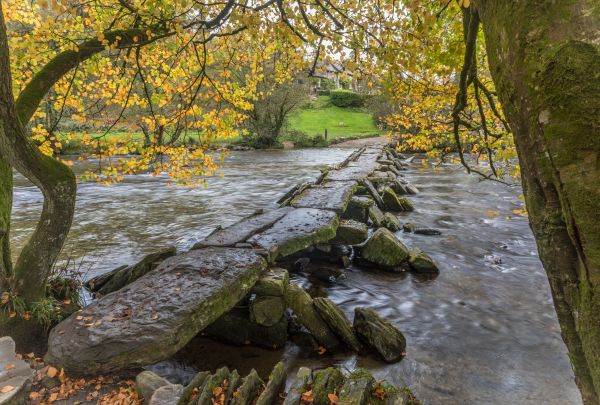
3. Watersmeet - Best for… cascades and cream teas
The historic fishing village of Lynmouth is cradled in a cleft where the Lyn Rivers meet the Bristol Channel. Backed by wooded hills, this spectacular setting attracted romantic figure Percy Shelley, who composed his first long poem here. Follow the East Lyn upstream along undulating forest paths past lush ferns to reach glittering cascades and Watersmeet House. Built as a hunting lodge in 1832, it’s served delectable cream teas in idyllic gardens for over a century. Return alongside the river or climb steeply to Myrtleberry Cleave on a five-mile loop. Explore Iron Age settlements and enjoy dramatic views across to Lynmouth and twin-town Lynton.
4. Crow Point & Braunton Burrows - Best for… dune roaming and bustling birdlife
Explore several extraordinary habitats for the price of one on an easy 6-mile stroll past marshes, mudflats and rolling dunes. Start at Velator Quay, once a thriving port on the outskirts of Braunton village. Join the Tarka Trail to stroll south along the Pill, a straightened section of the River Caen, and skirt Horsey Island. Inundated by the sea a few years ago, it’s now a nature reserve. Look out for wading and other birds including egrets and ibis, golden plover and even osprey. Return north along the edges of Braunton Burrows, a vast dune system spangled with wildflowers in summer, watching for basking adders and lizards.
5. Parracombe - Best for… wild moorland and Bronze Age heritage
Though Exmoor has charming villages, craggy coastlines and romantic valleys galore, it’s also a place of windswept moorland and ancient history. Explore the starkly beautiful uplands in the west of the national park on a challenging 13.3-mile circuit from Parracombe. Climb onto Challacombe Common and set out east to discover a wild landscape studded with standing stones, tumuli and cairns. From the moor’s roof at Woodbarrow Gate, you’ll enjoy far-reaching views as you hike past Bronze Age burial mounds.
6. Dunster - Best for… historic fortifications
The medieval marvels of this beautiful village are unmissable. Here you can visit an ancient stone Butter Cross, covered timber Yarn Market and even a 16th-century stone dovecote. But it’s the strongholds looming over the town that provide the focus for a memorable four-mile circuit. Most visible is Dunster Castle itself, a grand Victorian mansion incorporating much older elements. Managed by the National Trust, it’s a magical place for adults and kids alike to explore. Cross the medieval packhorse bridge to climb wooded Gallox Hill and continue to Bat’s Castle. This magnificent Iron Age hillfort offers panoramic views across Exmoor and to the Bristol Channel and east to the Quantocks.
7. Wheddon Cross to Exford - Best for… conquering Exmoor’s summit
At 519m, Dunkery Beacon is the highest point on Exmoor, an achievable challenge rewarding with wonderful views in every direction. There are many ways to reach the summit, but for a satisfying linear route, hike from Wheddon Cross to Exford. The initial descent leads through lush woods; in February, detour to visit Snowdrop Valley, carpeted in white blooms. During the climb from Dunkery Gate, watch for red deer and the Exmoor ponies that graze these wild expanses. Pass Bronze Age cairns and burial mounds on the moorland crossing to Exford, linked to Wheddon Cross by bus.
8. Lorna Doone country - Best for… romantic rambles
The serene valleys around Malmsmead inspired RD Blackmore’s novel of star-crossed lovers set in 17th-century Exmoor. Even today there’s a palpable sense of romance here, best absorbed on a wonderful 7-mile circuit from Lorna Doone Farm. Follow the Coleridge Way east along Oare Water, past the church where heroine Lorna was set to wed. Then climb onto the coast path for magical woodland walking. Return via County Gate to Malmsmead, where you can refuel at the National Trust tearoom. Add on a stroll south along Badgworthy Water to the deserted medieval village where the villainous Doone family reputedly dwelt.
9. Selworthy Woods - Best for… thatched cottages and holy wells
Two of Exmoor’s prettiest villages lie just inland from the coast, all thatched roofs and cream-washed walls: Selworthy and Allerford. Visit both on a 5-mile walk through Selworthy Woods, passing ancient Katherine’s Well and more-recent but still captivating Agnes Fountain. Tackle the climb to Selworthy Beacon for dramatic vistas of coast to the north and heather-clad moor to the south. With buses between Porlock and Minehead stopping near Allerford, it’s easy to enjoy a car-free outing on this beautiful route.
10. Combe Martin & Great Hangman - Best for… cliffs and coves
With its sheltered little beach and cheerful atmosphere, Combe Martin is every inch the traditional seaside village. Drama lurks nearby, though: Great Hangman, highest point on the South West Coast Path, and England’s tallest sea cliffs. Combine the two on a fairly short but challenging 4-mile circular walk. Climb east from the beachside Kiln carpark onto Knap Down, continuing to join the coast path below the summit cairn. Peer down to the rocky shores as you descend via the nubbin of Little Hangman, gazing across at Combe Martin. End with a well-deserved paddle, ice cream or pint in the village.
Explore more
You’ll find more suggestions for walks in the surrounding region in our articles on routes along the South West Coast Path and in South Devon.
And we’ve got ideas for hundreds more wonderful walking routes across England, Scotland and Wales, long and short, easy and challenging. Search for routes on our website. Or join a guided walk with a local Ramblers group. Find your nearest Ramblers group and choose a walk that suits your pace, fitness and interests.
All images © Getty
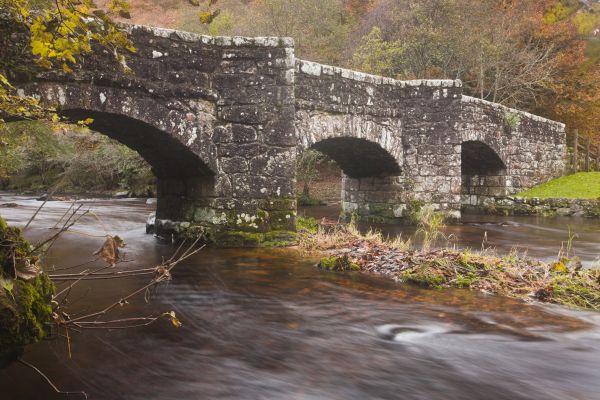
10 best walks in South Devon
Roam coast and countryside on these routes across wild Dartmoor and Exmoor and via the serene south west shores.
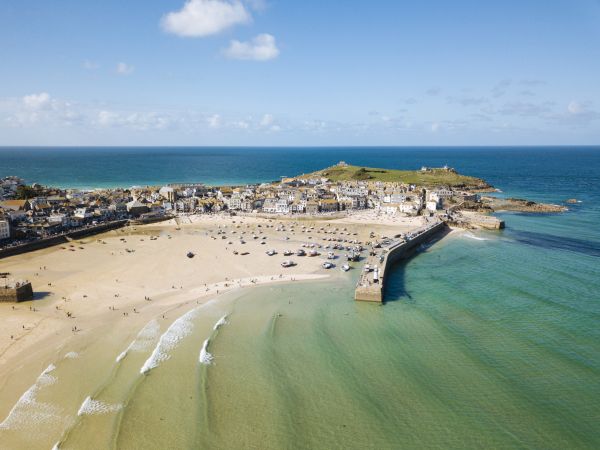
10 magnificent day walks on the South West Coast Path
Enjoy stunning coastal strolls on the south west section of England’s longest national trail in Devon, Cornwall, Dorset and Somerset.

8 great walks on Gower, South Wales
Explore Gower, Britain’s original Area of Outstanding Natural Beauty, on these super coast path strolls.
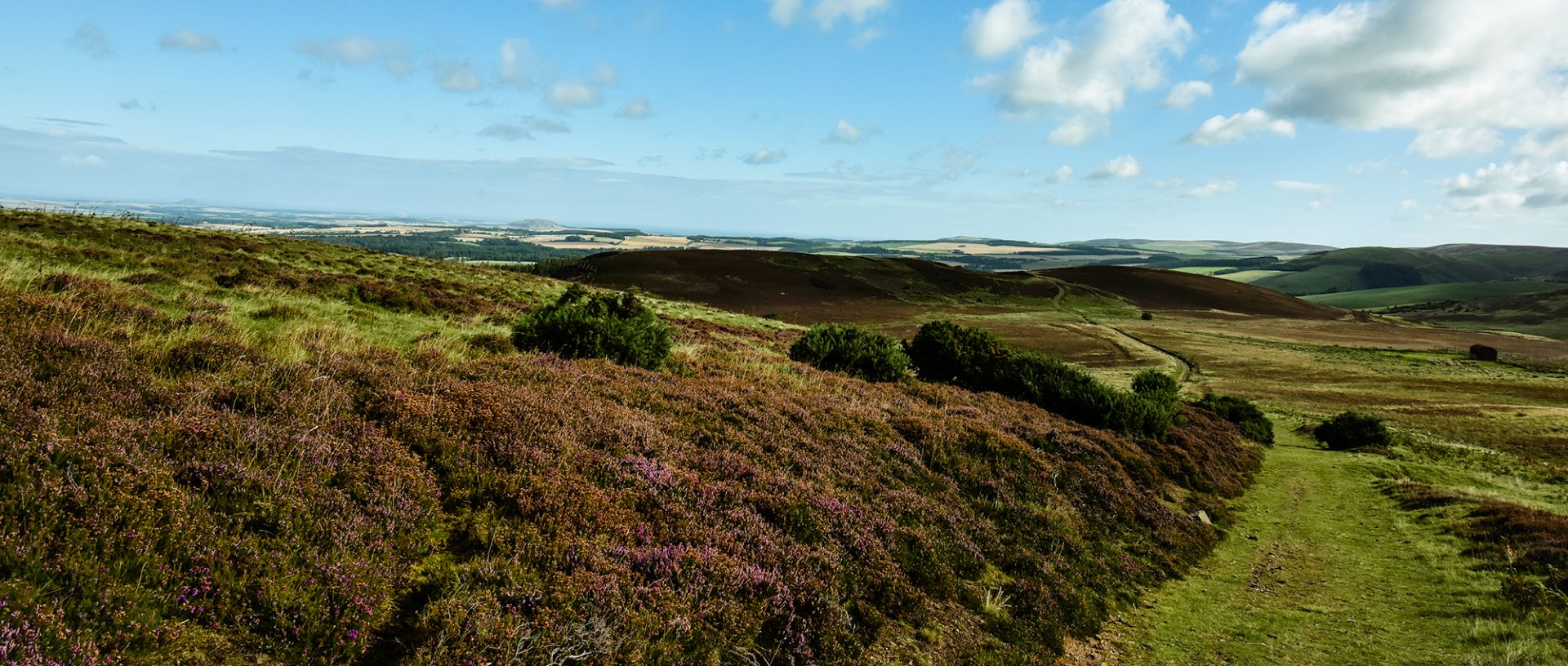
Campaign With Us
We campaign to remove barriers to walking and we step up to protect the places we love to wander.